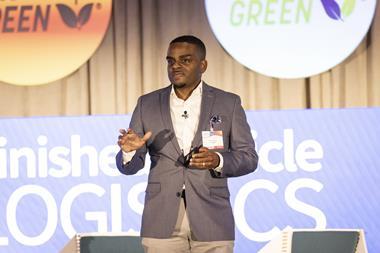No more rough estimates
By Marcus Williams2022-04-04T07:53:00
Toyota’s Project ETA is designed to trace the movement of finished vehicles in North America. Kevin Austin leads the project and explains how it will work
Toyota Motor North America is rolling out a new system called Project ETA, designed to more accurately trace the movement of its vehicles from the assembly plant to the dealer network, and importantly, share that information with its dealers.
The system is designed to improve visibility in the outbound delivery of vehicles by precisely locating a car using its vehicle identification number (VIN) and sending notifications every time that particular vehicle crosses a milestone in the delivery process.
“Essentially for every vehicle we produce in North America or built overseas for the North American market, we are able to track the specific lifecycle and logistics milestones from order-to-delivery in near real time,” says Kevin Austin, vice-president of demand and supply management at Toyota Motors North America.

























![Global[1]](https://d3n5uof8vony13.cloudfront.net/Pictures/web/a/d/s/global1_726550.svgz)














